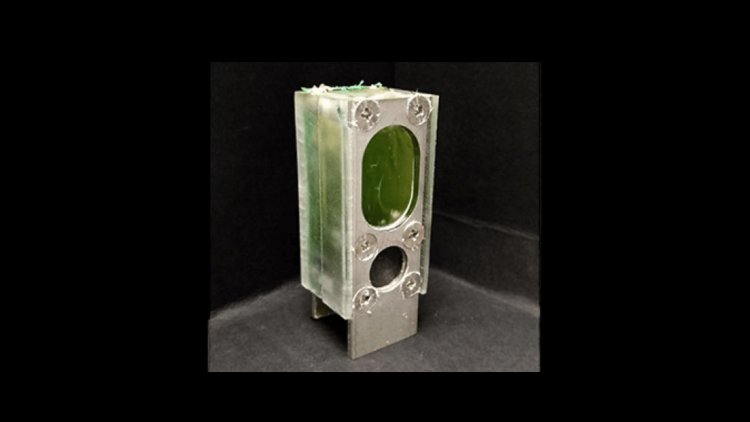Cambridge: Algae-powered computing

There are predicted to be a trillion IoT devices worldwide by 2035, necessitating the use of a massive number of portable energy sources. Researchers believe that powering so many devices with lithium-ion batteries would be impractical since we would require three times the amount of lithium currently produced. Furthermore, standard photovoltaic devices are made of hazardous elements that have negative environmental effects.
As a result, Cambridge University engineers used a different, more environmentally friendly route, powering the CPU for more than six months with only ambient light, water, and electricity created by a common type of cyanobacteria. This method has the potential to become a dependable and sustainable source of power for small electronics.
The system, the size of an AA battery, comprises a non-toxic algae called Synechocystis, which collects solar energy naturally through photosynthesis. The resulting electric current interacts with the aluminum electrode and powers the microprocessor.
The entire system is constructed of ordinary, low-cost materials that are generally recyclable. This means that it can be easily copied hundreds of thousands of times in order to power a large number of small devices as part of the Internet of Things.
According to the researchers, it will most likely be useful in off-grid or remote regions where modest amounts of energy might be quite useful.
"The developing Internet of Things requires an increasing amount of energy, and we believe that it will have to come from systems that can generate energy rather than simply storing it as batteries," explains Professor Christopher Howe of Cambridge University's Department of Biochemistry. "And our photosynthetic technology does not consume like a battery because it is always powered by light."
The gadget was utilized in the experiment to power the Arm Cortex M0 + CPU, which is frequently used in Internet of Things devices. It worked in a residential environment with natural light and temperature changes. The results of this experiment were published in the journal Energy & Environmental Science after six months of uninterrupted energy production.
Because algae produce its own sustenance through photosynthesis, it should not be fed. Moreover, despite the fact that photosynthesis requires light, the device can function in the dark. Researchers believe that when there is no light, algae process a portion of their food, continuing to generate electricity.





























